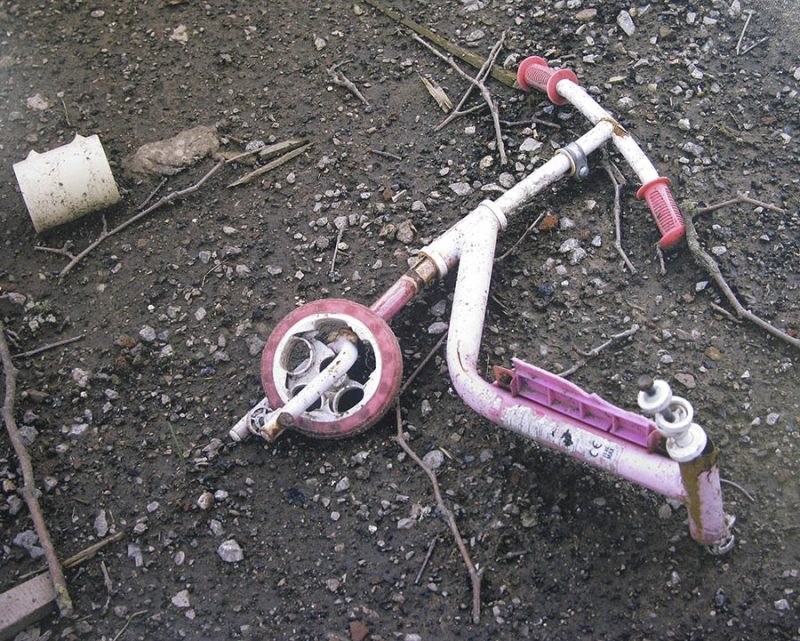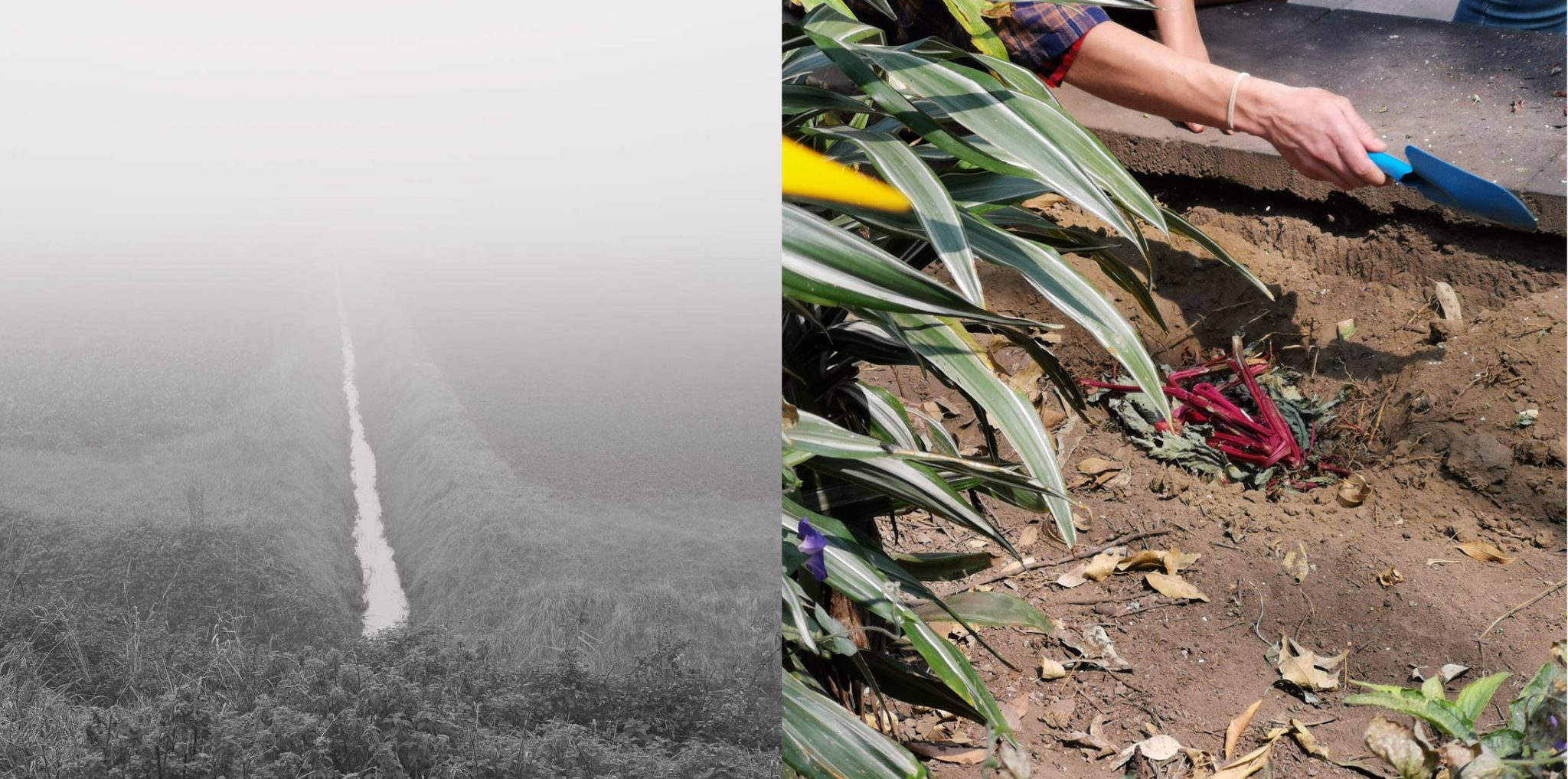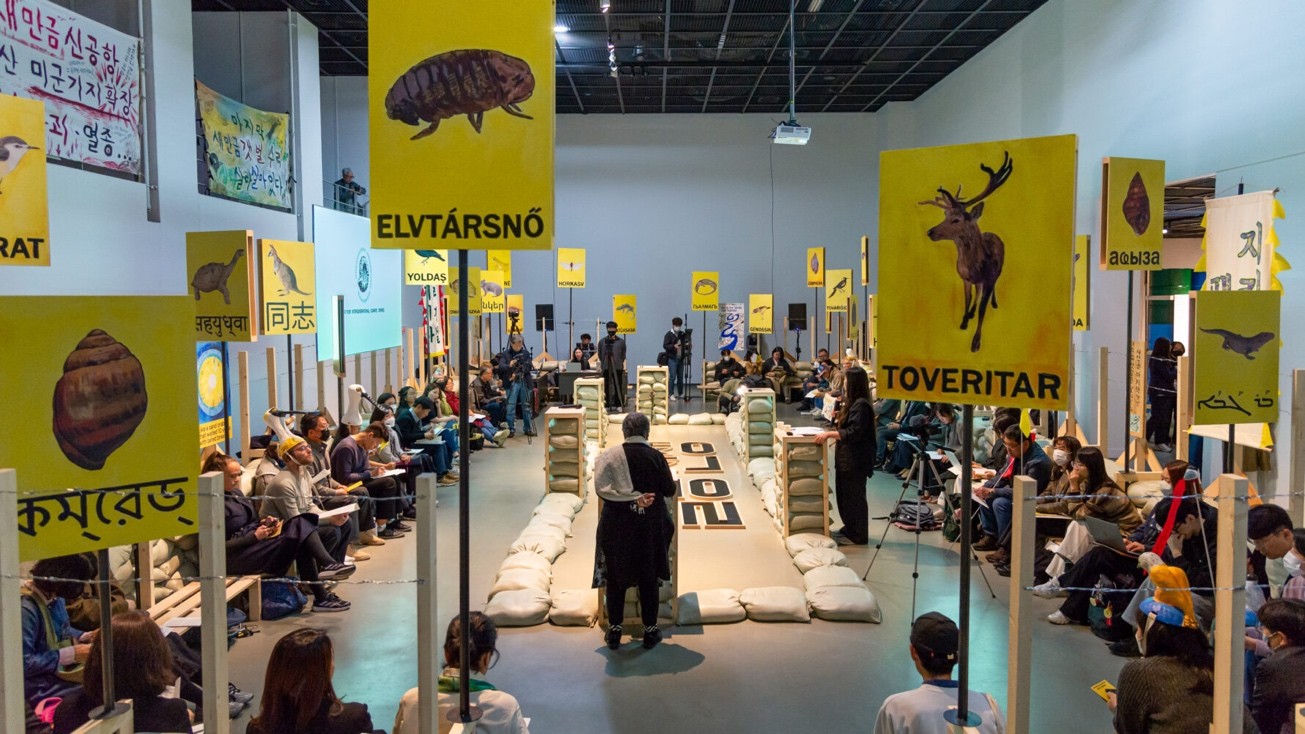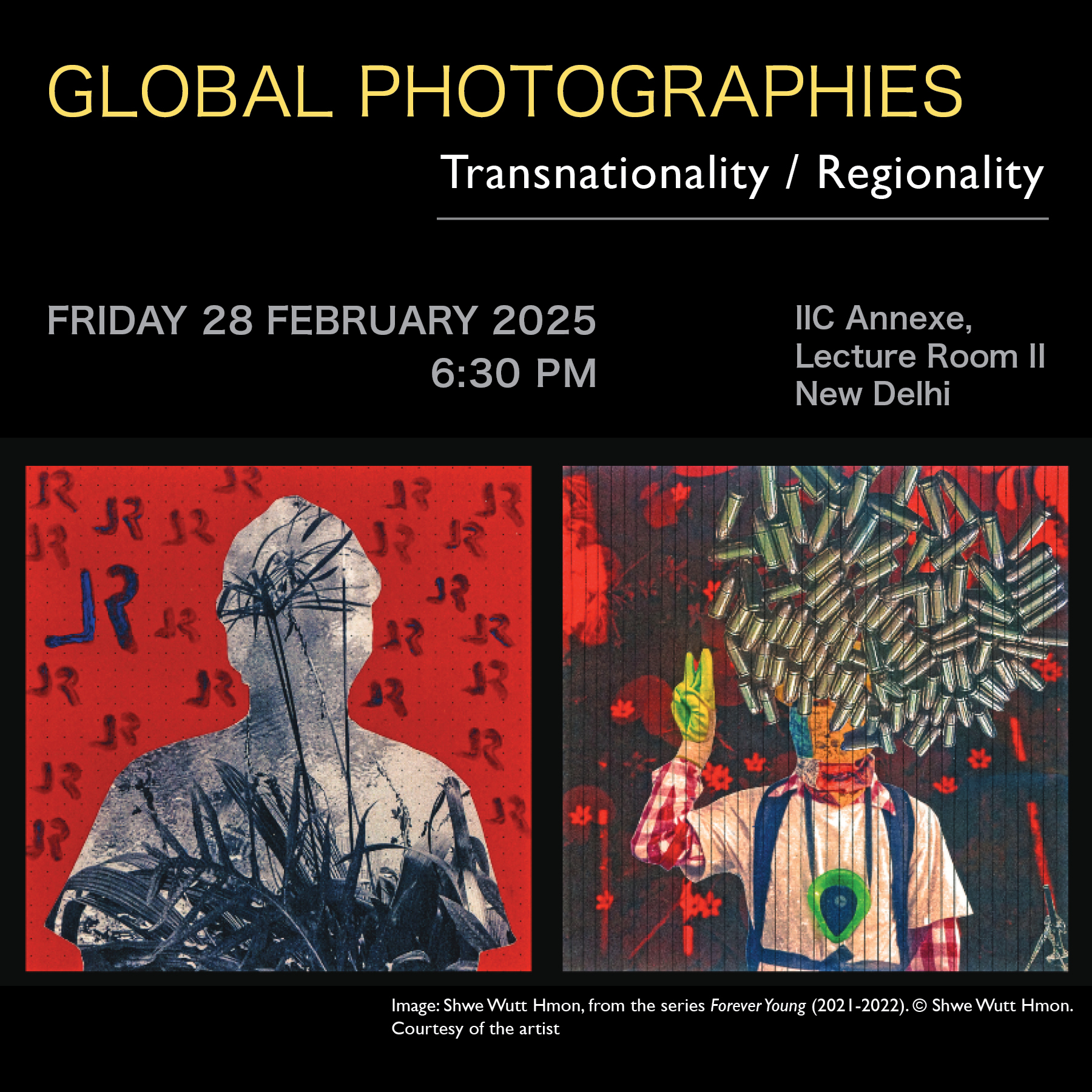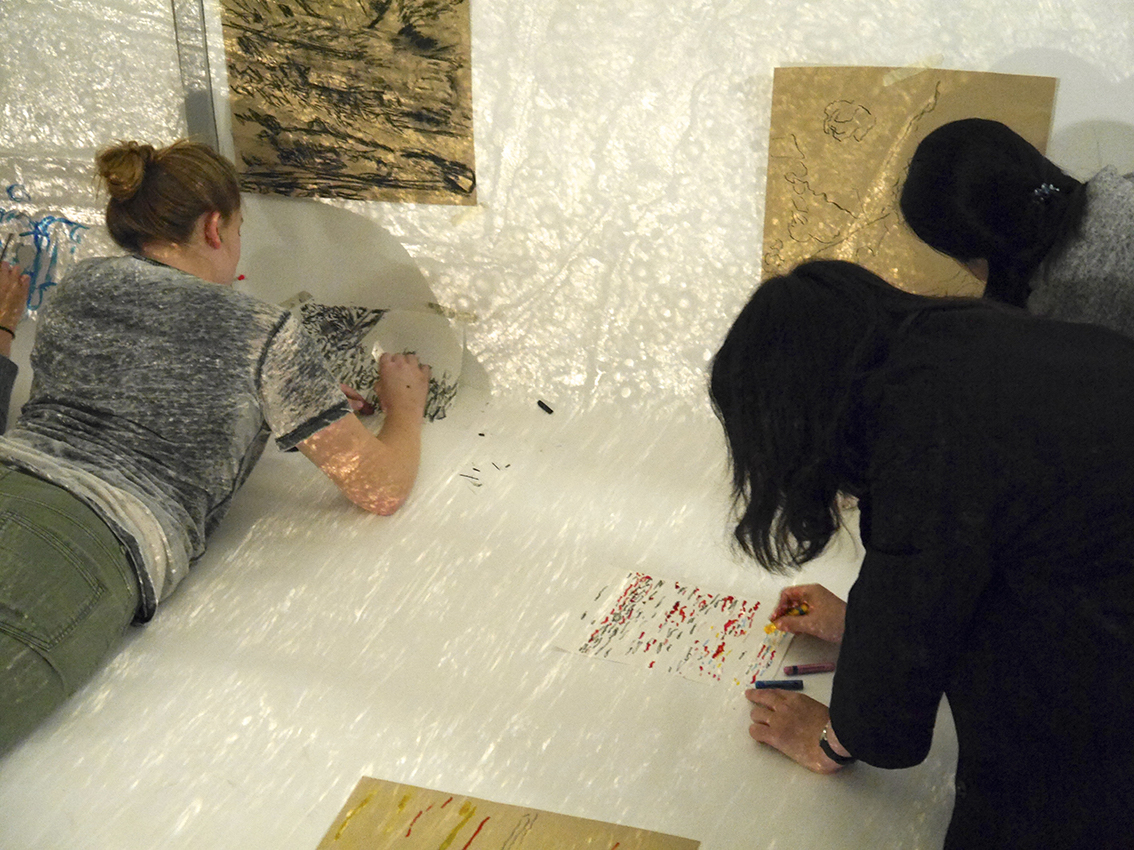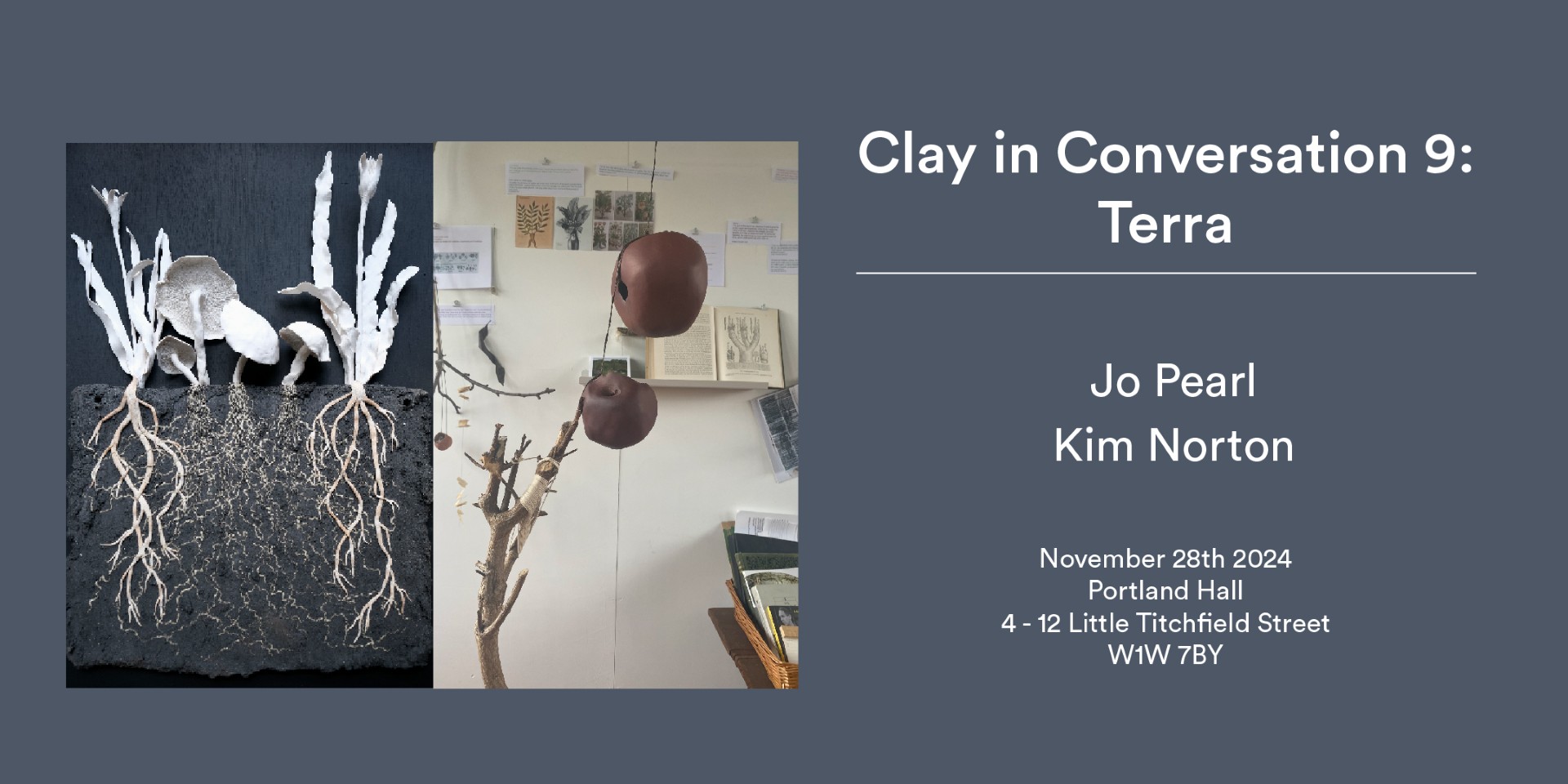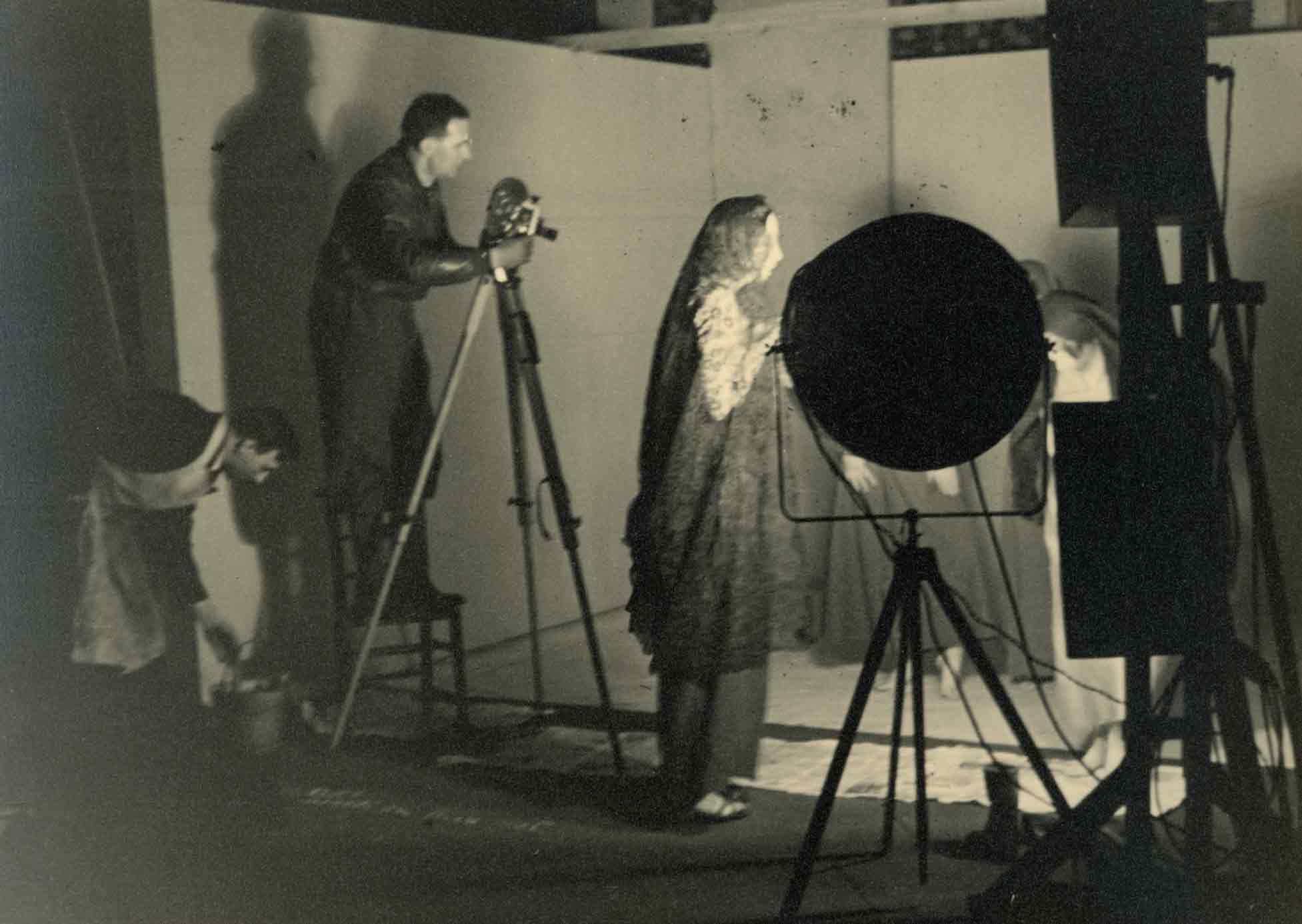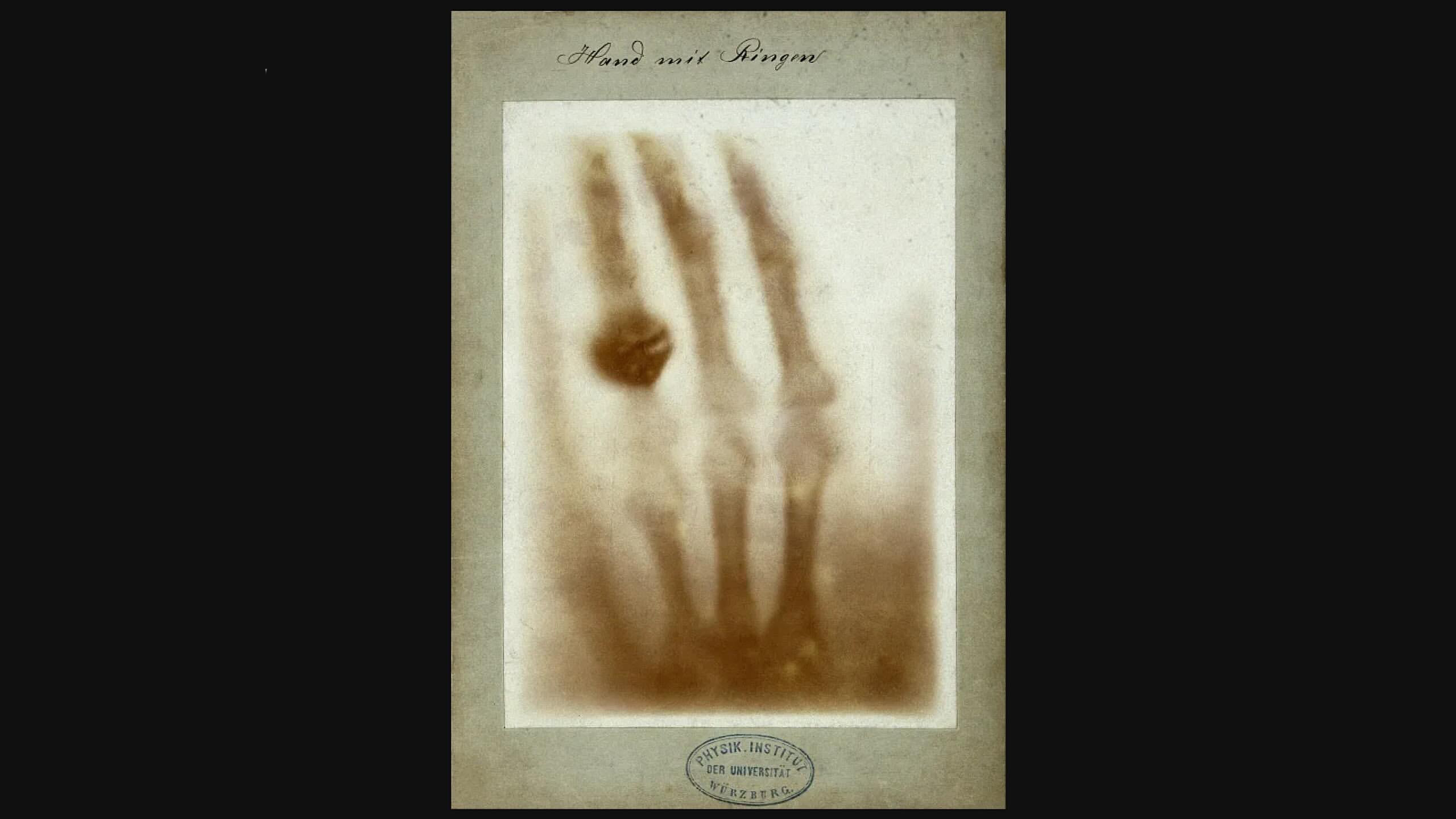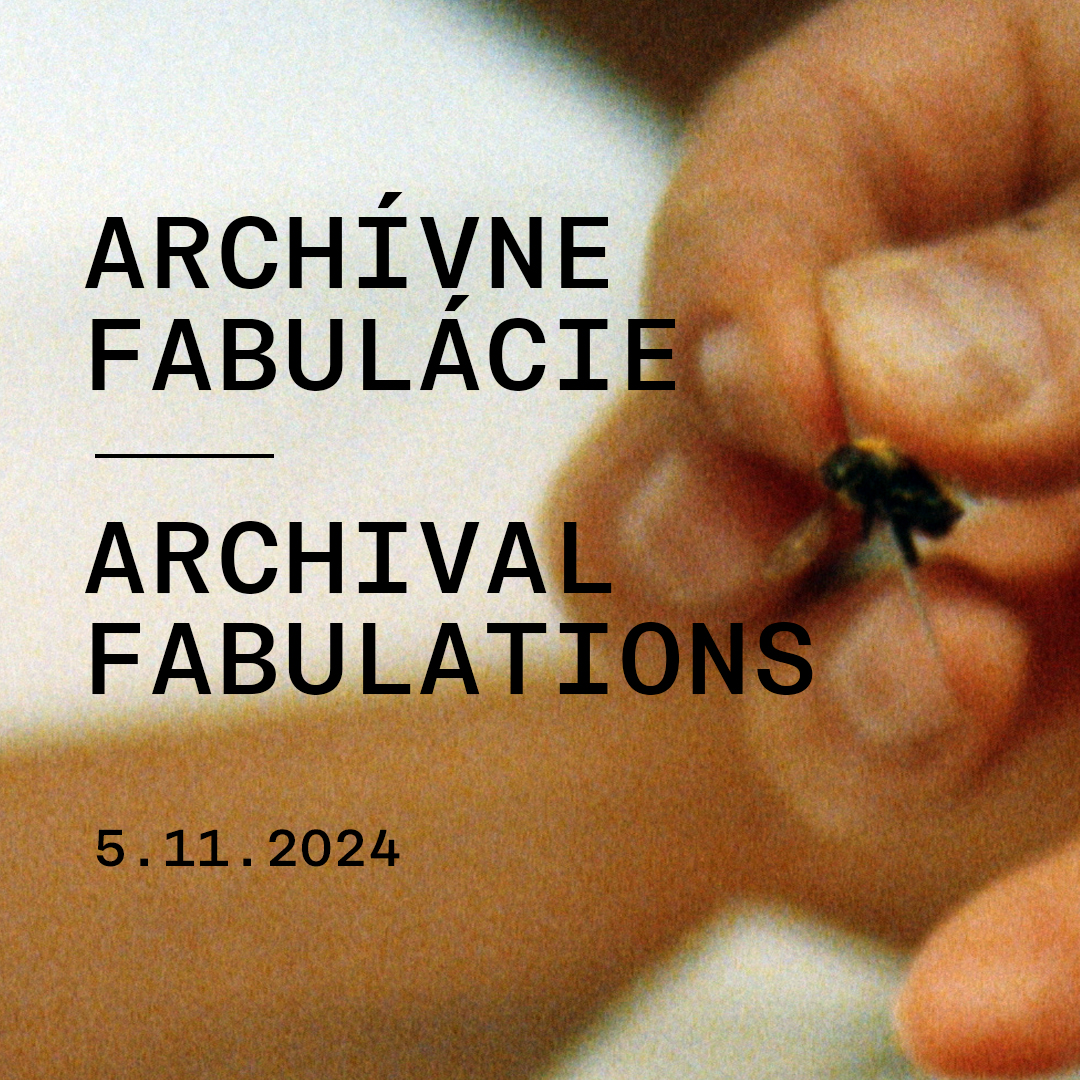CREAM PhD researcher, John van Aitken will be presenting his paper, ‘Framing Creative Destruction: Shirley Baker, Slum Clearance, and the Humanist Imaginary’ at the next conference for Urban Modernisation and Representations of the Working Class at the University of Salford.
John van Aitken’s paper explores the visual culture of creative destruction through Shirley Baker’s photographs of 1960s Salford. The city of Salford continues to be a site of perpetual creative destruction and reimagining. Current scholarship in Baker’s documentary work on post-war Salford is increasingly located in the national imagination, as a definitive image of the losses incurred through slum clearance. In a period where former slum clearance projects are themselves being subject to demolition a re-examination of our understanding of this period seems timely.
The paper considers the iconicity of Baker’s imagery and how its humanist underpinnings have both popularised and obscured the intentions of the work. Baker’s depictions of working-class life in Salford, in a mode sometimes termed the ‘urban pastoral,’ open up a renewed consideration of the cost of table rasa as a form of urban renewal. Drawing on the authors own first-hand accounts and correspondences with Baker between 2011-2012 it will explore the extent to which her approach humanises the often-abstract process of urban regeneration, a trait that leaves it susceptible to readings of sentimentality and nostalgia. In an era, suspicious of both the ‘poverty safari’ and ‘poverty porn’, the paper will question why this body of work has escaped such criticism. Situating Baker’s work alongside other documentary depictions of Northern working-class life of this period, the paper will question the works newfound popularity and the merit of its humanist method.
About the conference
The development of social housing estates after the Second World War in Europe initiated in many cities the radical transition of urban environments. The plans and hopes of architects, planners, and city councils not only focussed on elevating living standards; modern housing estates were also believed to support the development of ‘new communities’ within which pre-existing and widespread social problems would dissolve.
Such modern developments appear in the material and visual culture (film, TV, art, literature, newspapers, etc.) between the 1950s and 1960s whereby artists observed and commented on the transition of urban quarters from blackened, often decaying 19th-century houses to modern tower blocks. The lives and living conditions in the old and new working-class quarters interested artists, filmmakers, and writers as much as the aesthetics of modern urban quarters. In the fine arts, the topic and its social consequences were addressed multifacetedly; photographs by artists such as Shirley Baker, UK and Albert Renger-Patzsch, Germany juxtapose social housing and its inhabitants who appear alienated from the modern environment they find themselves in. Representatives of Art Brut and Art Informel were inspired by non-traditional subject matter and art production that was perceived as more genuine.
Find out more about Urban Modernisation and Representations of the Working Class (1950-1975) here.
Tickets and details of the full programme are available here.
